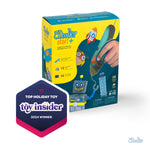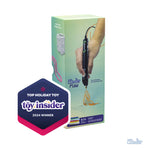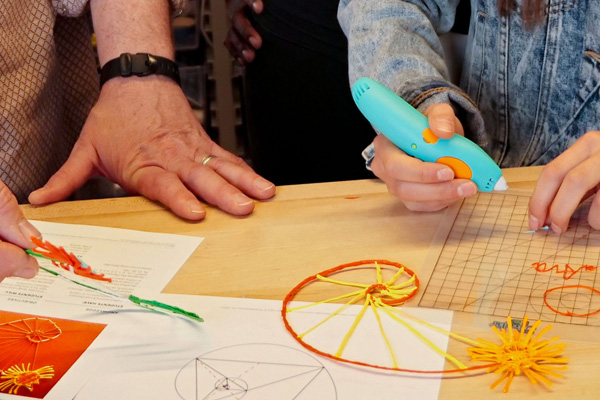The natural world never ceases to amaze us, and for those who look closely, it can also be a source of inspiration for designing and solving problems.
Biomimicry, or biomimetics, draws inspiration from nature to solve challenges and design new technologies. It’s an exciting way to approach problems, and using 3Doodler 3D printing pens makes it easy to break down the concept into small lessons for students to explore. We’ve pulled together a few examples to encourage students to experiment with biomimicry using their 3D pens in the classroom!

Strong & Flexible: Spiderwebs
Spiderwebs are incredibly strong and lightweight. The web has complex geometric patterns and varying thread thicknesses to withstand wind and capture prey.
Students can study the Fibonacci sequence with our lesson plan and use their 3Doodler 3D pens to practice building interconnected lines to form a net-like structure and create a working model.
In addition, students can discuss how spiders use different silks for different purposes, and how this translates to using different 3D pen filament types for different structural properties. How would they apply their learning to real-world problems?

Patterns & Structure: Seashells
Seashells often exhibit spiral growth patterns and can show the Fibonacci sequence but also feature strong, curved layered structures. Studying these patterns and exploring ways to apply them to real-world problems is helpful. For example, students can explore how seashells are formed through biomineralization and how their shapes provide protection and structural support.
Invite students to learn more about shell structure and design by creating models with their 3D pens. It’s an easy way to study the science behind shells and have fun!

Color, Camouflage & Symmetry: Butterflies
According to the Smithsonian, there are approximately 17,500 species of butterflies in the world. Butterflies come in all sorts of colors, shapes, and sizes. They are beautiful and curious insects with a lot to teach us, from the unique ways they use color to camouflage themselves from predators to their ability to repel water and dirt.
For younger students, butterflies offer an excellent lesson in symmetry. The 3Doodler lesson plan invites students to study the symmetry of Monarch butterflies and create their own butterflies to demonstrate their understanding of the concept.
Older students could have an opportunity to research different butterfly species and identify their unique characteristics. They can connect their learning to real-world applications and identify opportunities for biomimicry. Examples include self-cleaning surfaces to repel dust and debris, aerodynamic design for aircraft, or using color for textiles and technology.



